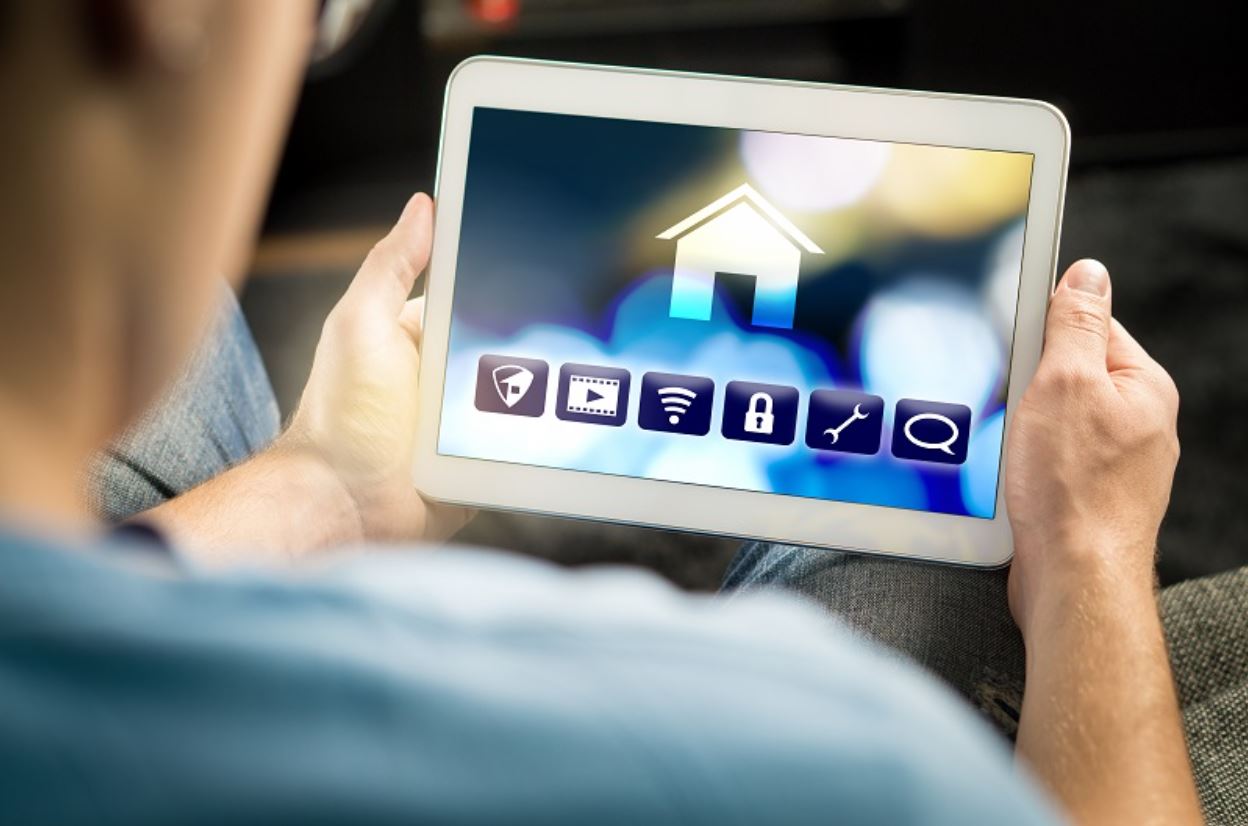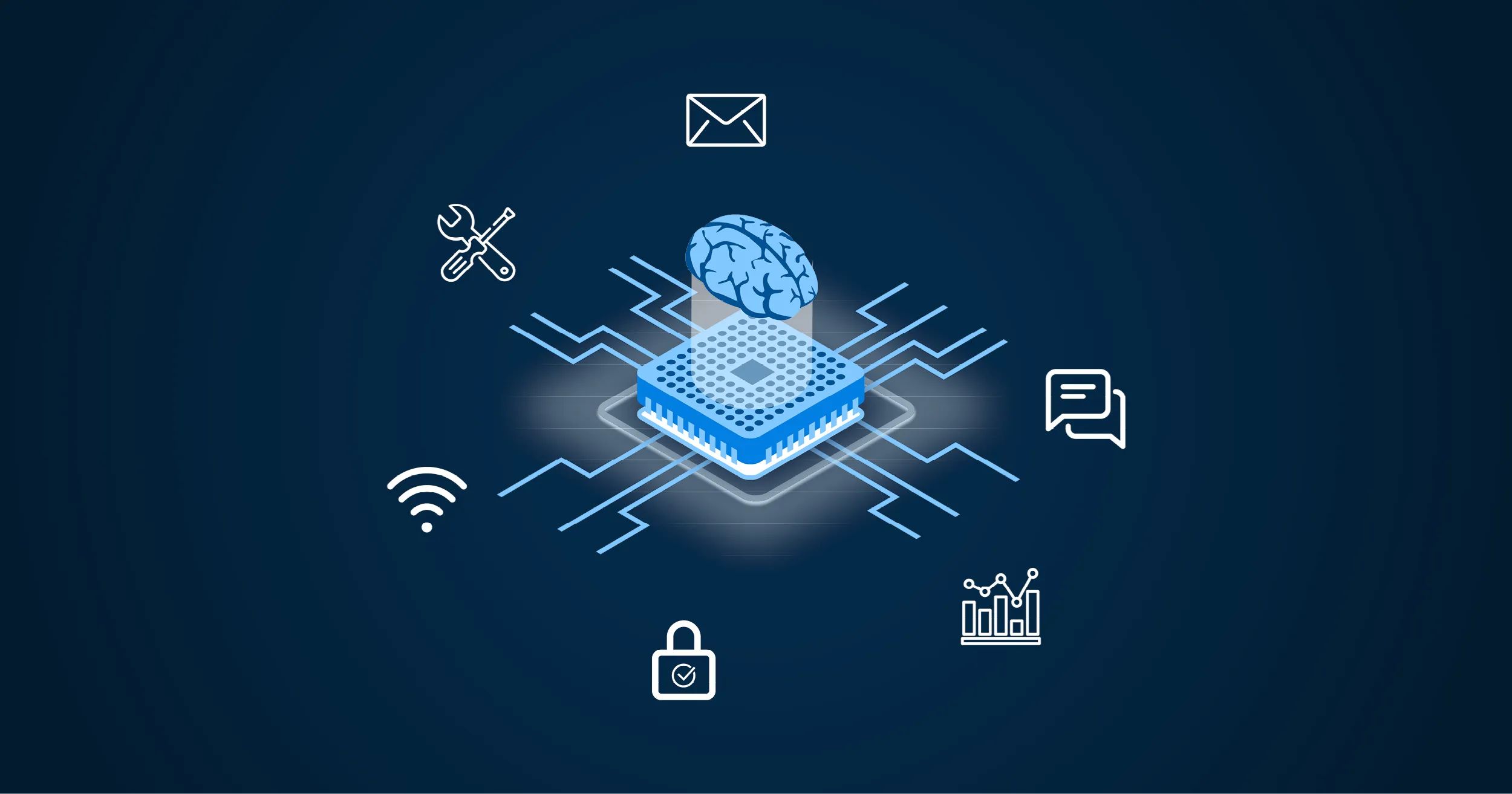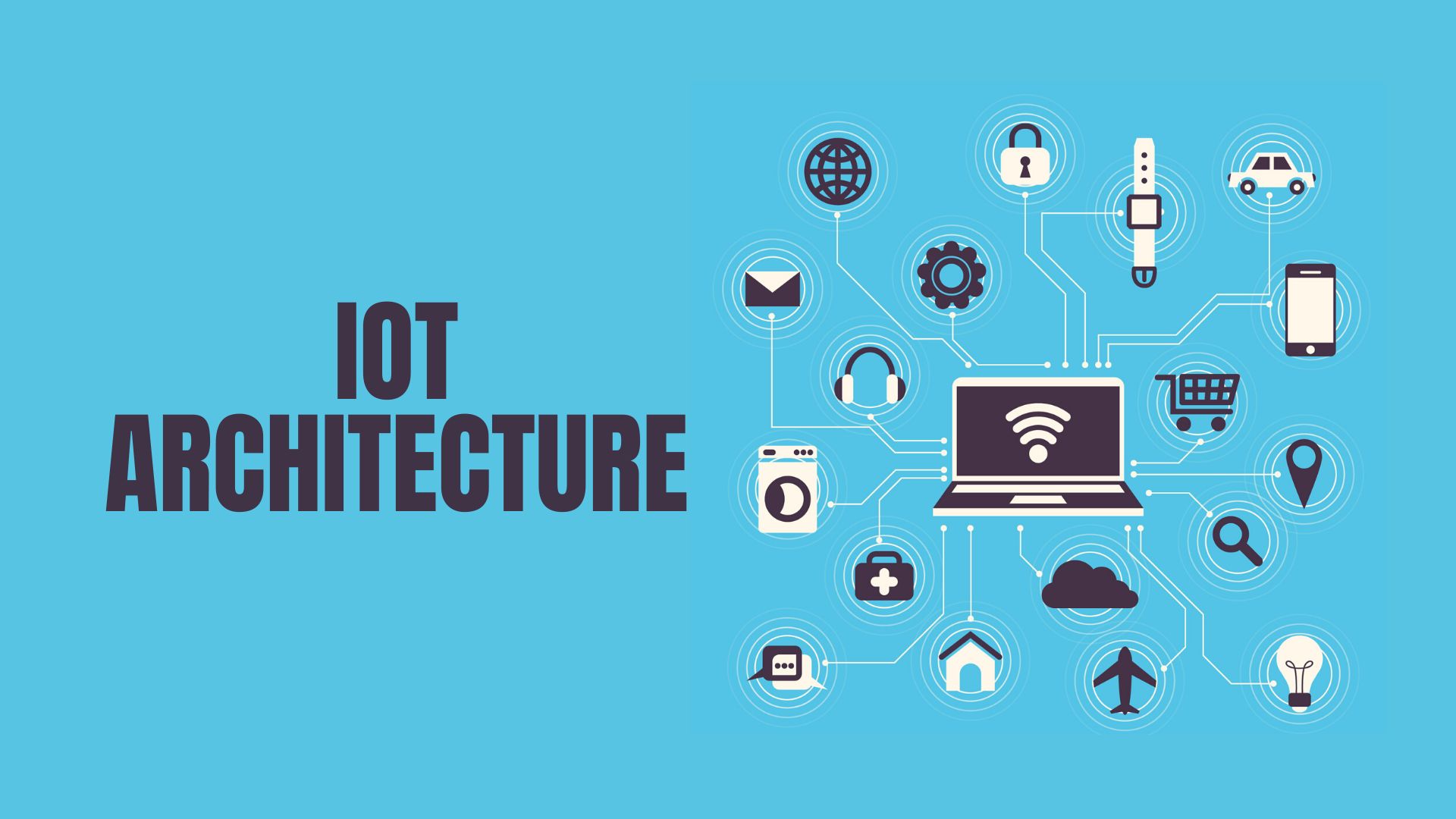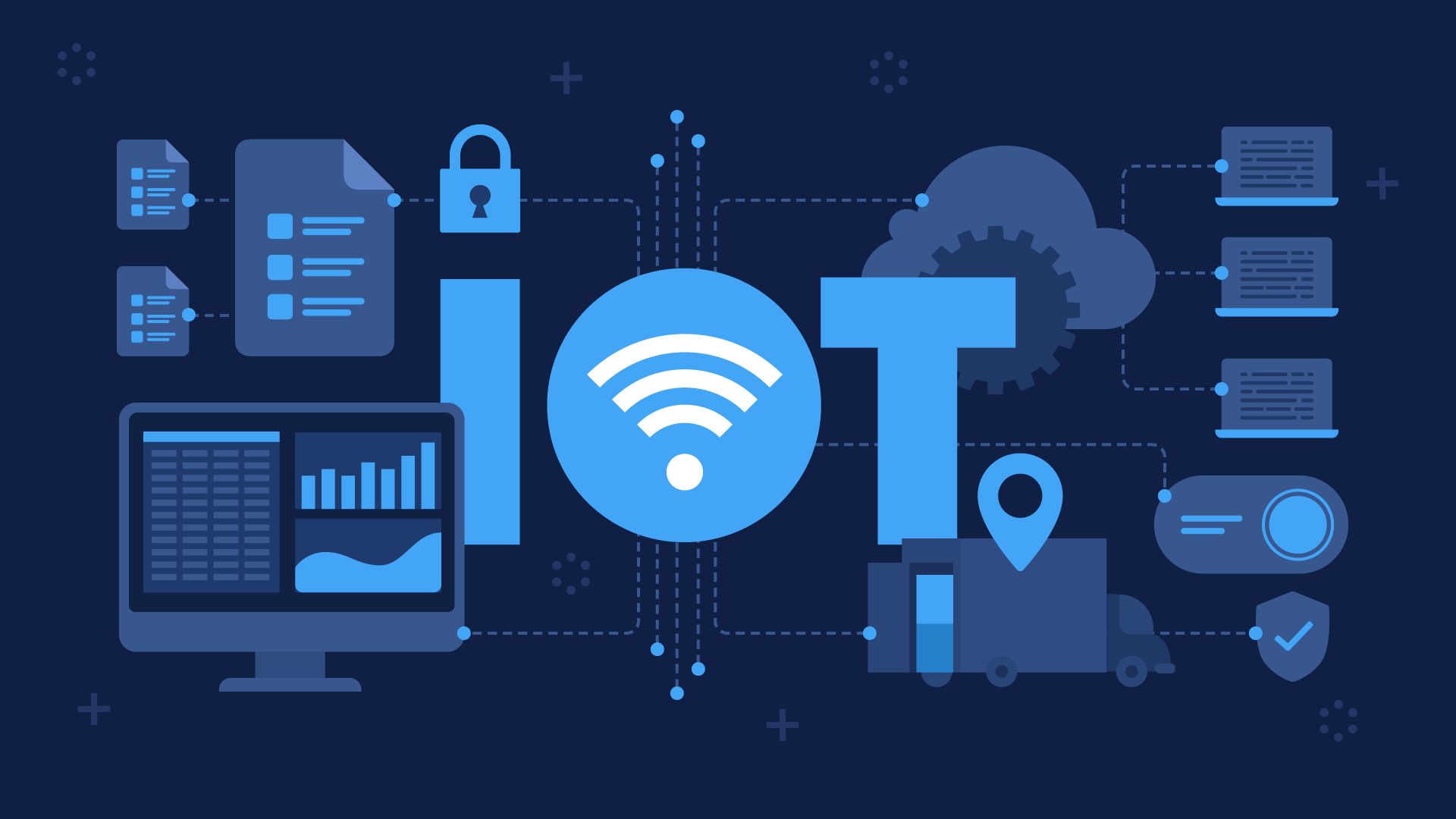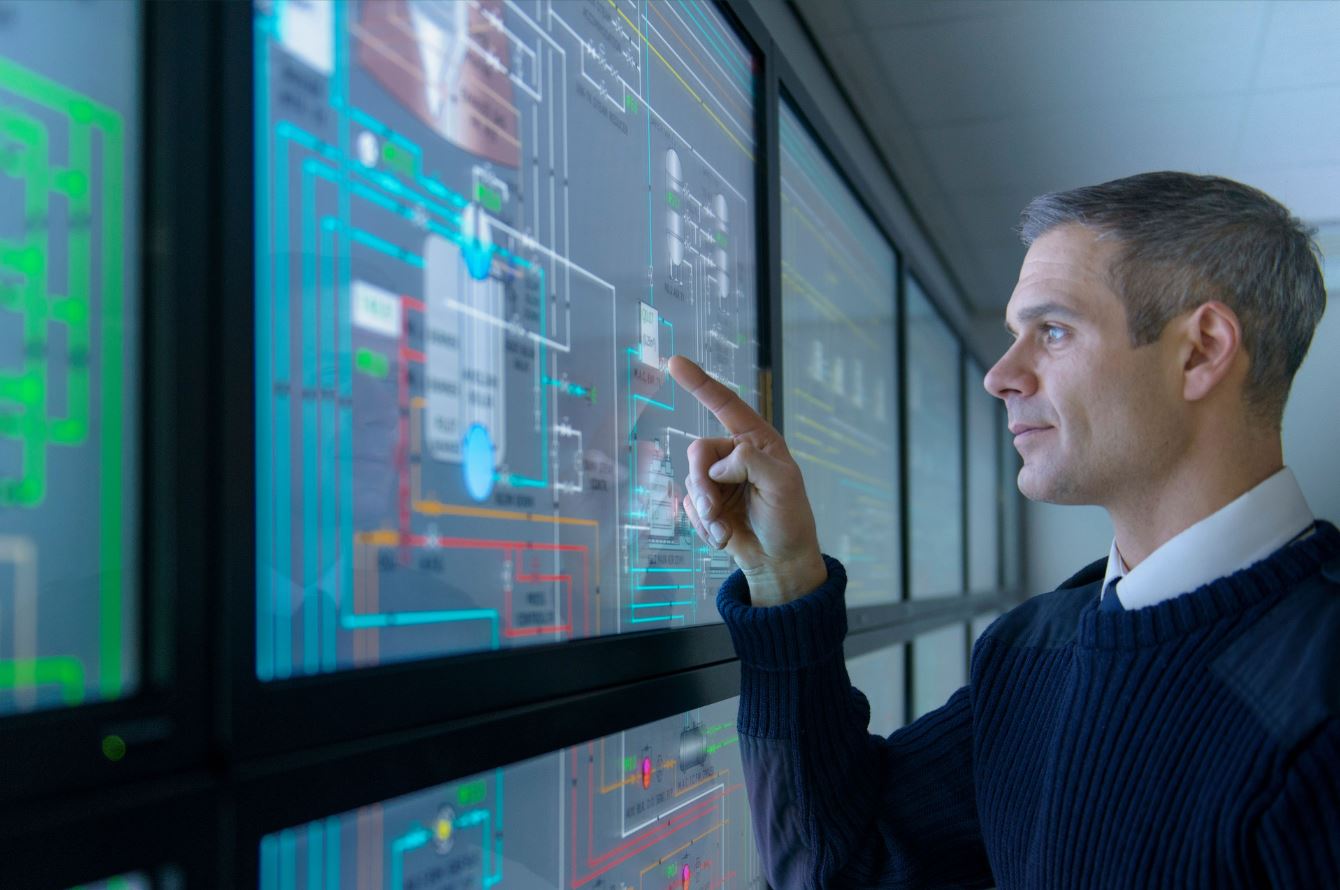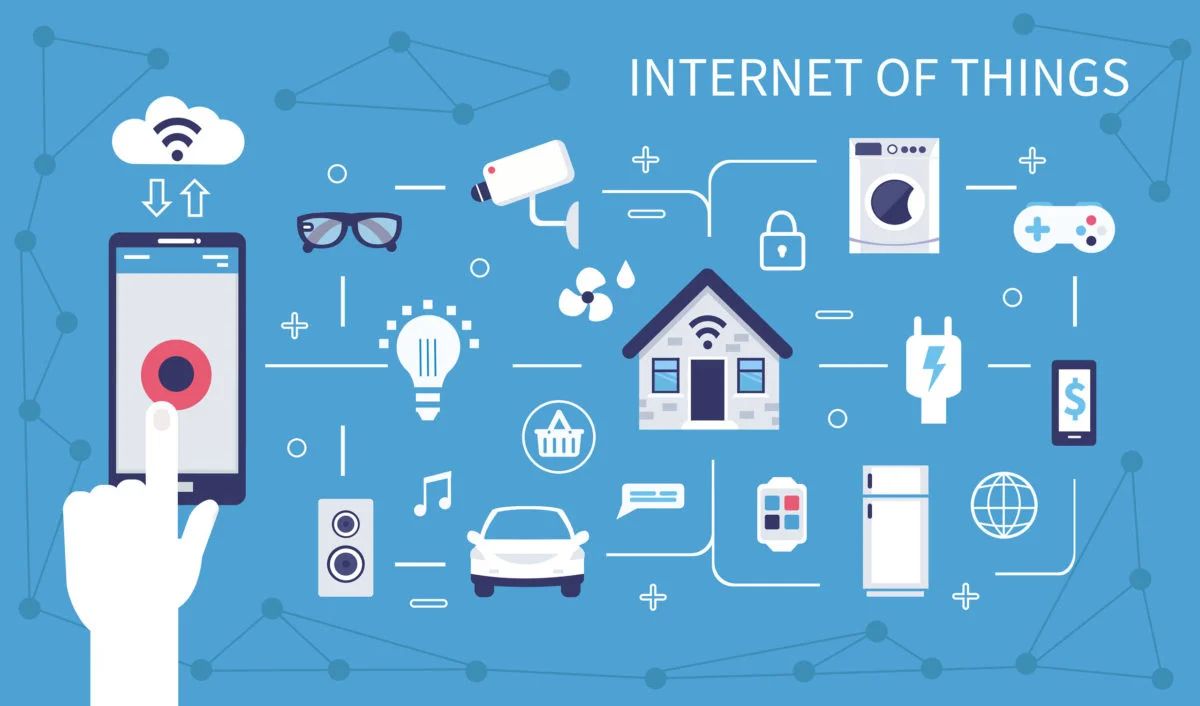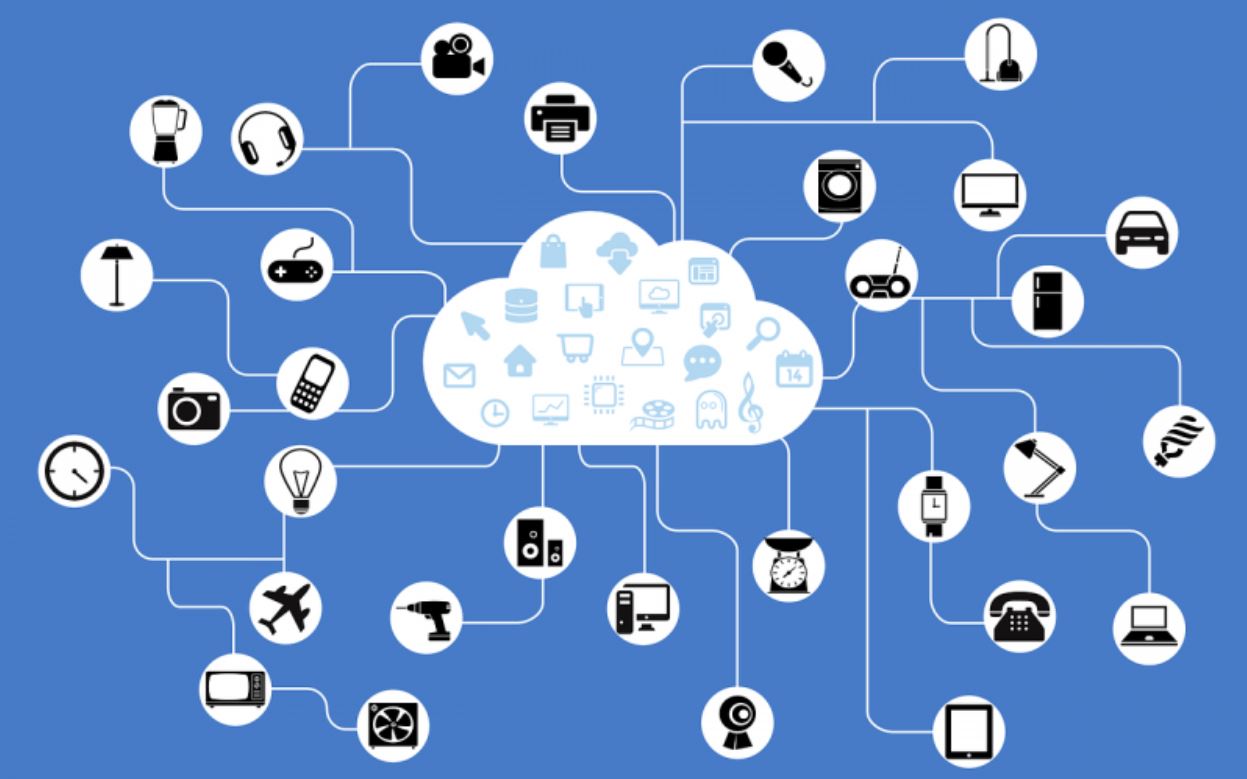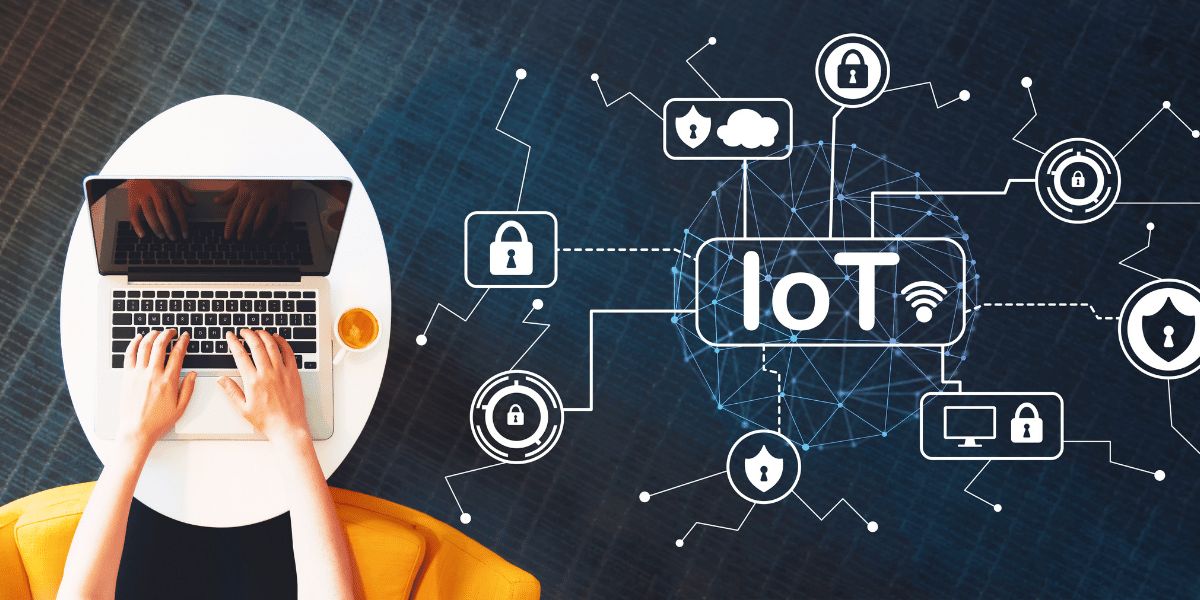What Is an Actuator?
An actuator is a device that converts an electrical signal into physical motion or action. In the context of the Internet of Things (IoT), actuators play a crucial role in bridging the digital and physical worlds. They are the mechanism responsible for controlling and manipulating physical objects or systems based on data received from sensors or commands from a central control system.
Actuators can be found in a wide range of IoT devices, from smart home appliances to industrial automation systems. They are essentially the “muscles” of these devices, enabling them to perform tasks such as opening and closing doors, adjusting temperature, turning on and off lights, and much more.
Actuators come in various forms, depending on the specific application and requirements. Some common types of actuators used in IoT devices include:
- Electric actuators: These actuators use an electric motor to convert electrical energy into mechanical motion. They are widely used in applications that require precise control and positioning, such as robotics and automated machinery.
- Pneumatic actuators: These actuators use compressed air or gas to generate motion. They are commonly used in industrial automation systems, especially in applications that require high-speed and high-force movements.
- Hydraulic actuators: These actuators use pressurized fluid, typically oil, to generate motion. They are known for their high force capabilities and are commonly used in heavy-duty applications, such as construction machinery and aircraft control systems.
- Electromechanical actuators: These actuators combine electrical and mechanical components to achieve motion. They are commonly used in automotive systems, aerospace applications, and other industries that require precise control and compact size.
Actuators are an essential component of IoT systems as they enable remote control and automation of physical devices. By integrating actuators into IoT devices, users can conveniently and remotely interact with their physical environment through smartphones, tablets, or other connected devices.
The use of actuators in IoT offers significant benefits, including improved efficiency, enhanced safety, and increased convenience. In the next section, we will explore the advantages of using actuators in IoT applications.
Types of Actuators in IoT
In the world of IoT, there are various types of actuators that are used to bring digital control and automation to physical objects. Each type of actuator has its own unique characteristics and applications. Let’s explore some of the most common types of actuators used in IoT devices:
- Electric Actuators: These actuators are driven by electric motors and are widely used in IoT devices. They are known for their precise positioning and control capabilities. Electric actuators are commonly used in applications such as smart home automation, robotic systems, and industrial machinery.
- Pneumatic Actuators: Pneumatic actuators use compressed air or gas to generate motion. They are widely used in industrial automation systems and are known for their fast response and high force output. Pneumatic actuators are commonly found in applications such as HVAC systems, pneumatic valves, and air-powered robotic systems.
- Hydraulic Actuators: Hydraulic actuators use liquids, typically oil, to generate force and motion. They are known for their high force output and are commonly used in heavy-duty applications such as construction machinery, automotive systems, and aircraft control systems.
- Solenoid Actuators: Solenoid actuators are electromagnetic devices that convert electrical energy into linear or rotational motion. They are compact and commonly used in applications that require quick and precise movements, such as door locks, valves, and relays.
- Shape Memory Alloy (SMA) Actuators: SMA actuators use a shape memory alloy material that can change shape when heated or cooled. They are often used in applications where compact size and low power consumption are critical, such as medical devices, wearable technology, and micro-robotics.
These are just a few examples of the many types of actuators used in IoT devices. The choice of actuator depends on factors such as the nature of the task, desired level of control, size constraints, and power requirements. By leveraging the appropriate type of actuator, IoT devices can perform a wide range of actions and automate various processes.
Now that we have learned about the different types of actuators in IoT, let’s explore the benefits of utilizing actuators in IoT applications.
Benefits of Using Actuators in IoT
The integration of actuators in IoT devices offers numerous benefits, making them an essential component of IoT systems. Here are some key advantages of using actuators in IoT applications:
1. Automation and Remote Control: Actuators enable automation and remote control of physical devices, allowing users to conveniently operate and monitor them from anywhere. This brings convenience and flexibility, especially in scenarios where manual control is not feasible or practical.
2. Improved Efficiency: Actuators can optimize the energy usage and performance of IoT devices. For example, smart thermostats equipped with actuators can automatically adjust temperature levels based on occupancy and weather conditions, resulting in energy savings and increased comfort.
3. Real-time Responsiveness: Actuators facilitate real-time responsiveness, enabling quick and precise actions based on sensor data or user commands. This is particularly valuable in applications where timely decision-making and actions are crucial, such as security systems and emergency response systems.
4. Enhanced Safety: Actuators play a vital role in enhancing safety in IoT applications. For instance, actuators can lock doors, shut off gas valves, or activate emergency alarms in response to specific events or anomalies detected by sensors. This immediate response can prevent accidents, mitigate risks, and protect the well-being of individuals and property.
5. Scalability and Customization: Actuators provide scalability and customization options in IoT systems. Different actuators can be selected and integrated based on the specific requirements and functionalities of the IoT device. This flexibility allows for the creation of tailored solutions for various applications and industries.
6. Data Insights and Analytics: Actuators generate valuable data as they interact with physical devices. This data can be collected and analyzed to gain insights into device performance, usage patterns, and maintenance needs. These insights can help optimize operations, identify areas for improvement, and support predictive maintenance strategies.
7. Cost Savings: Actuators can contribute to cost savings in IoT applications. By automating tasks and optimizing resource usage, they can reduce energy consumption, operational costs, and maintenance expenses. Additionally, actuators can extend the lifespan of devices by ensuring proper usage and timely interventions.
Overall, the integration of actuators in IoT devices brings numerous benefits, including automation, improved efficiency, enhanced safety, scalability, and cost savings. These advantages make actuators an invaluable component of the IoT ecosystem, enabling the seamless interaction between digital systems and the physical world.
Applications of Actuators in IoT
Actuators find application in a wide range of IoT devices, spanning across various industries. Their ability to control physical systems based on data input from sensors enables numerous innovative and practical applications. Let’s explore some common applications of actuators in IoT:
1. Home Automation: Actuators play a central role in home automation systems, enabling control over various devices such as lights, thermostats, and door locks. They allow users to remotely adjust settings, schedule actions, and create personalized environments. For example, smart lighting systems use actuators to dim or turn on/off lights based on user preferences or automated triggers.
2. Industrial Automation: Actuators are extensively used in industrial settings to automate processes and control machinery. They enable precise and efficient movement, contributing to increased productivity and safety. Industrial robots rely on multiple actuators to perform intricate tasks with accuracy, speed, and repeatability.
3. Energy Management: Actuators play a critical role in energy management systems in both residential and commercial buildings. They allow for automated control of heating, ventilation, and air conditioning (HVAC) systems, ensuring optimal energy usage based on occupancy and environmental conditions. Actuators also enable adaptive shading systems that adjust window coverings to regulate sunlight and improve energy efficiency.
4. Automotive Systems: Actuators are integral to various automotive applications, including engine control, suspension systems, and power windows. Electric actuators enable precise control over engine components, leading to enhanced fuel efficiency and performance. They also power automated systems such as self-parking and adaptive headlights.
5. Healthcare and Medical Devices: Actuators are utilized in a range of healthcare applications, from robotic surgery systems to prosthetic limbs. They enable precise movements and adjustments, greatly enhancing patient care and quality of life. Actuators in medical devices, such as insulin pumps and drug delivery systems, ensure accurate dosing and timing.
6. Smart Agriculture: Actuators are increasingly used in smart agriculture systems to automate irrigation, monitor soil conditions, and control greenhouse environments. They enable efficient water and resource usage, optimize plant growth, and improve crop yield. Actuators also enable the automated movement of farm equipment, such as autonomous tractors.
7. Smart Grids and Utilities: Actuators are employed in smart grid systems to manage energy distribution, optimize power generation, and enable demand response. They control the opening and closing of switches and valves to ensure efficient energy flow and enhance grid stability. Actuators also play a vital role in automated water and gas distribution systems.
These are just a few examples of the diverse applications of actuators in IoT. As the IoT ecosystem continues to expand and innovate, the demand for actuator-driven solutions will only continue to grow. The integration of actuators with IoT devices unlocks endless possibilities for automation, efficiency, and seamless interaction between digital and physical systems.
How Do Actuators Work in IoT?
Actuators in IoT devices serve as the bridge between digital commands or data and physical actions. They work in conjunction with sensors and a central control system to enable the control, manipulation, and automation of physical objects. Here’s an overview of how actuators work in IoT:
1. Input from Sensors: Sensors detect and collect data from the environment or device. This data could be in the form of temperature, light intensity, motion, or any other parameter relevant to the IoT application.
2. Data Processing: The data collected by the sensors is sent to a central control system, such as a microcontroller or cloud platform. The control system analyzes the data and decides on the appropriate action based on predefined rules or user commands.
3. Command Signal: Once the control system determines the desired action, it sends a command signal to the actuator. The command can be sent over a wired or wireless connection, depending on the IoT device’s communication capabilities.
4. Actuator Response: The actuator receives the command signal and converts it into physical motion or action. The type of actuator determines the specific mechanism used to generate motion, such as an electric motor, pneumatic pressure, hydraulic fluid, or shape memory alloy properties.
5. Physical Action: The actuator’s physical action results in the desired change or movement in the IoT device or the connected physical object. For example, in a smart door lock, the actuator receives a command signal to lock or unlock the door, and it engages the mechanism to perform the respective action.
6. Feedback and Status: After executing the command, the actuator may provide feedback on its status, such as confirming that the action has been completed or reporting any errors or malfunctions. This feedback can be relayed back to the control system for real-time monitoring and further decision-making.
Actuators typically operate in a loop where they continuously receive commands and make corresponding physical changes or movements. This loop enables the ongoing communication and control between the IoT device and its physical environment.
The integration of actuators in IoT devices brings automation, remote control, and real-time responsiveness to a wide range of applications. By leveraging the power of actuators, IoT systems can seamlessly blend the digital and physical worlds, providing enhanced convenience, efficiency, and customization.
Challenges and Considerations for Using Actuators in IoT
While actuators offer numerous benefits in IoT applications, their integration also presents certain challenges and considerations. It is important to address these factors to ensure the successful implementation and operation of actuator-driven IoT systems. Here are some key challenges and considerations:
1. Compatibility: Ensuring compatibility between the actuator and the IoT device is crucial. The actuator must be able to communicate and integrate seamlessly with the control system or platform. Compatibility issues can arise due to different communication protocols, power requirements, or physical constraints. Thorough testing and verification of compatibility are essential.
2. Power Consumption: Actuators require power to operate, and their energy consumption can impact the overall battery life or power budget of IoT devices. Efficient power management strategies should be employed to optimize energy usage and extend device autonomy. This may involve selecting low-power actuators, implementing power-saving modes, or exploring energy harvesting techniques.
3. Precision and Accuracy: Some IoT applications require precise and accurate movements or positioning. Actuators must meet the necessary precision requirements to ensure reliable operation. Factors such as backlash, mechanical play, and control system design can affect the accuracy of actuators. Calibration and regular maintenance can help maintain optimal performance.
4. Security: Actuators in IoT devices can be vulnerable to security threats. As they have the ability to control physical objects, unauthorized access or tampering can lead to serious consequences. Robust security measures, including secure communication protocols, authentication mechanisms, and access controls, should be implemented to prevent unauthorized manipulation or compromise of actuators.
5. Scalability and Maintenance: Deploying IoT systems with multiple actuators presents scalability challenges. As the number of actuators increases, managing and maintaining them can become complex. Considerations should be given to the scalability of the control system and the ability to remotely update or replace actuators when needed. Remote monitoring and diagnostics can help identify and resolve maintenance issues efficiently.
6. Environmental Factors: Actuators may operate in harsh environments that can pose challenges such as extreme temperatures, humidity, vibrations, or corrosive conditions. Selecting actuators that are designed to withstand such environmental challenges is crucial to ensure their reliability and longevity. Environmental testing should be conducted to evaluate their performance and durability in different conditions.
7. Cost: The cost of actuators can vary depending on their type, specifications, and quality. When designing IoT systems, it is important to consider the overall cost implications, including the cost of actuators, control systems, and maintenance. Balancing cost with performance and reliability is essential to ensure a feasible and sustainable solution.
Addressing these challenges and considerations requires careful planning, testing, and collaboration between IoT solution providers and actuator manufacturers. By understanding and mitigating these factors, actuator-driven IoT systems can fully realize their potential in delivering automation, control, and efficiency across various industries and applications.
Examples of Actuators in IoT Devices
Actuators play a crucial role in transforming IoT devices into interactive and automated systems. They enable the control and manipulation of physical objects based on data or commands. Let’s explore some real-world examples of actuators used in IoT devices:
1. Smart Thermostats: Smart thermostats utilize actuators to adjust heating or cooling settings in homes or buildings. The actuators control the opening and closing of HVAC system valves or dampers, regulating the flow of air or hot/cold water to maintain the desired temperature.
2. Automated Lighting Systems: Smart lighting systems rely on actuators to control the on/off state, dimming, or color-changing capabilities of light bulbs or fixtures. The actuators can be remotely controlled or automated based on occupancy, time of day, or user preferences.
3. Motorized Blinds and Curtains: Actuators are used in motorized blinds and curtains to open and close them automatically. These actuators can be operated remotely, scheduled to open or close at specific times, or controlled based on ambient light levels or temperature.
4. Smart Locks: Actuators in smart locks control the locking and unlocking mechanism of doors. Users can remotely lock or unlock their doors using a smartphone app or through voice commands, providing convenience and enhanced security.
5. Automated Irrigation Systems: Actuators in automated irrigation systems control the opening and closing of valves in sprinkler systems. These actuators enable precise water distribution to maintain optimal moisture levels in gardens or agricultural fields based on environmental conditions and plant needs.
6. Robotic Vacuum Cleaners: Robotic vacuum cleaners use actuators to control their movement, allowing them to navigate and clean autonomously. The actuators enable the robot to change direction, move around furniture, and adapt to different surfaces for effective cleaning.
7. Industrial Automation Systems: Actuators are extensively used in industrial automation, controlling various mechanisms such as robotic arms, conveyor systems, and valve actuators. These actuators enable precise and efficient movement, contributing to increased productivity and operational efficiency in manufacturing processes.
8. Smart Home Devices: Actuators can be found in a wide range of smart home devices, including motorized window shades, smart garden irrigation systems, garage door openers, and voice-controlled appliances. These actuators enable automation and remote control, enhancing convenience and energy efficiency in the home.
These examples illustrate the wide-ranging applications of actuators in IoT devices. Actuators provide the means to bring digital control to the physical world, offering advanced functionality, convenience, and automation across various industries and everyday life scenarios.
Conclusion
Actuators play a vital role in the world of IoT, transforming digital commands into physical actions and bringing automation, control, and efficiency to a wide range of applications. By converting electrical signals into mechanical motion, actuators enable the seamless interaction between the digital and physical worlds, making IoT devices more interactive and responsive.
From smart home automation to industrial robotics, actuators are found in various IoT devices, serving as the “muscles” that control physical objects based on data received from sensors or user commands. They enable remote control, automation, and real-time responsiveness, enhancing efficiency, convenience, and safety in numerous scenarios.
Considerations such as compatibility, power consumption, precision, security, scalability, environmental factors, and cost must be addressed when integrating actuators into IoT systems. Overcoming these challenges ensures the successful deployment and operation of actuator-driven IoT devices, unlocking their full potential.
Looking ahead, the field of IoT is rapidly evolving, and the use of actuators is expected to expand further. Advancements in actuator technology, such as increased energy efficiency, miniaturization, and improved precision, will drive innovation in IoT applications across industries.
In conclusion, actuators are indispensable components in the IoT ecosystem. From enhancing home automation and energy management to revolutionizing industrial automation and healthcare, actuators enable the realization of the full potential of IoT, creating a connected world where digital systems seamlessly interact with the physical environment.









